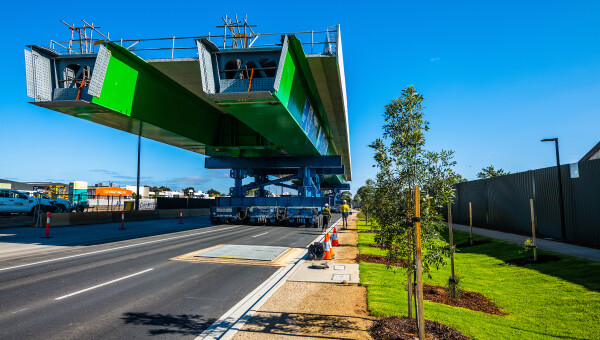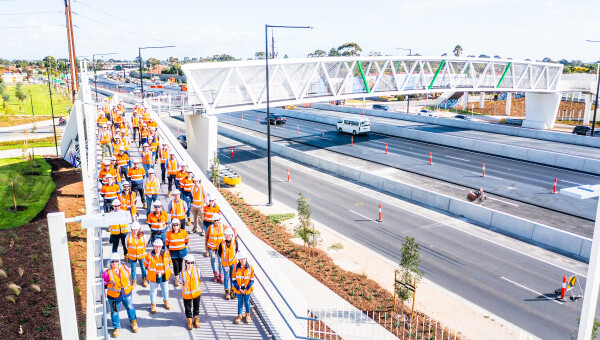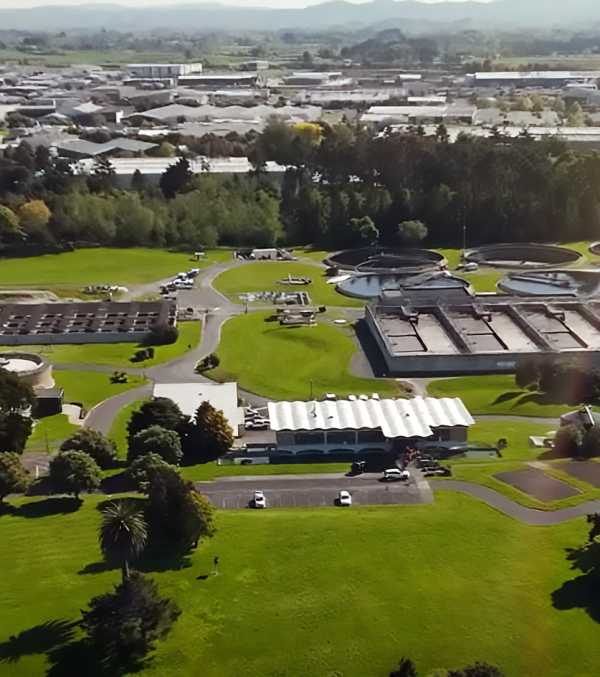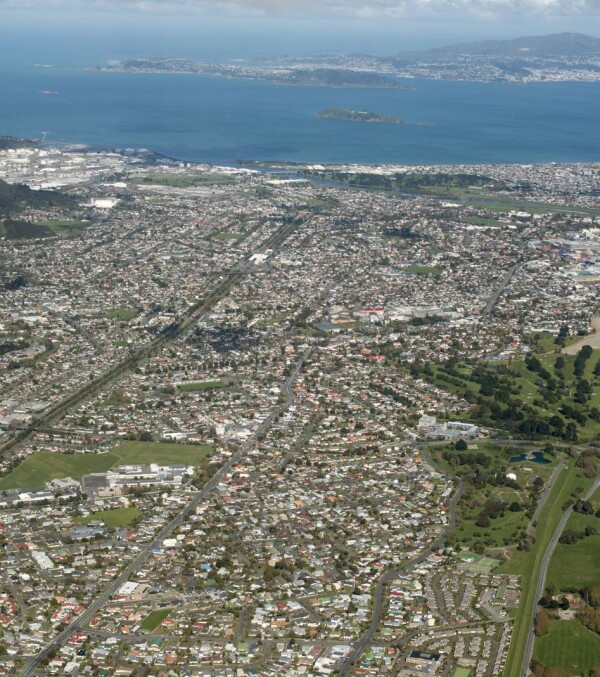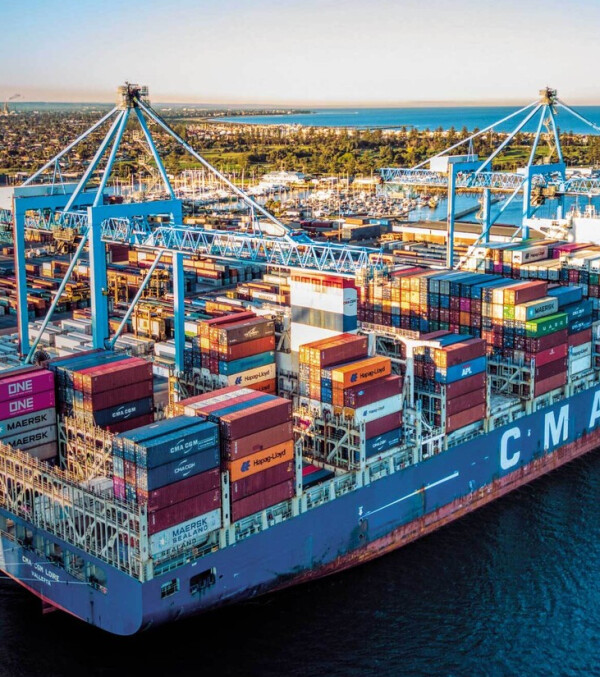|
Customer: Department for Infrastructure and Transport Contract: Alliance Location: Adelaide, South Australia |
Fast Facts
|
McConnell Dowell, in alliance, delivered the Regency Road to Pym Street (R2P) Project, which connects the South Road Superway and Torrens Road to River Torrens Motorway, providing a continuous 47-kilometre motorway along the North-South Corridor.
The project was delivered four months early and $28 m below target cost by the R2P Alliance - made up of McConnell Dowell, Arup, Mott MacDonald and the Department for Infrastructure and Transport.
Located approximately five kilometres to the west of the Adelaide’s central business district, the new six-lane, 1.8-kilometre non-stop motorway, forms part of the future 78-kilometre North-South Corridor.
Works on the project included:
- A 1.8-kilometre section of non-stop roadway, providing three lanes in each direction
- 135m overpass over Regency Road (three lanes in each direction)
- Intersection upgrades at Regency Road
- A grade separated 60m span pedestrian and cycle overpass over South Road in the vicinity of Pym Street
- Landscaping and noise barriers
- Traffic management, signage and Intelligent Transport Systems (ITS)
- Relocation of utility services away from non-stop carriageway
- A heavy vehicle bypass road connecting Exeter Terrace and Pedder Crescent.
Prefabrication of two 82m long 15m wide sections of the Regency Road Bridge was constructed offline in a nearby redundant soccer field to reduce traffic disruption and mitigate potential site delays impacting the critical path. Each bridge section was moved into position using SPMTs over a 7-day road closure with the back spans also constructed in-situ outside of the road corridor allowing traffic to use both Regency and South Road without being impacted by construction of the bridge.
The pedestrian and cyclist overpass spanning 57 m was produced and assembled ‘off site’ and was the largest overall structure to be transported in South Australia. It was installed using a dual crane lift onto the newly constructed concrete piers.The Project design was developed recognising the constructability of design solutions within the Project’s timescale and the local market’s capability and capacity to deliver. The construction and staging approach was focused on minimising impacts to road users, including commuters, businesses, freight, local traffic, pedestrians and cyclists.
Sustainability
The project is one of the first in Australia to undertake an Infrastructure Sustainably rating 2.0 version and was the first project to receive a certified design rating. A total of 64.9 points were achieved, resulting in a Gold rating, which exceeded the contractual requirement of 35 points.



